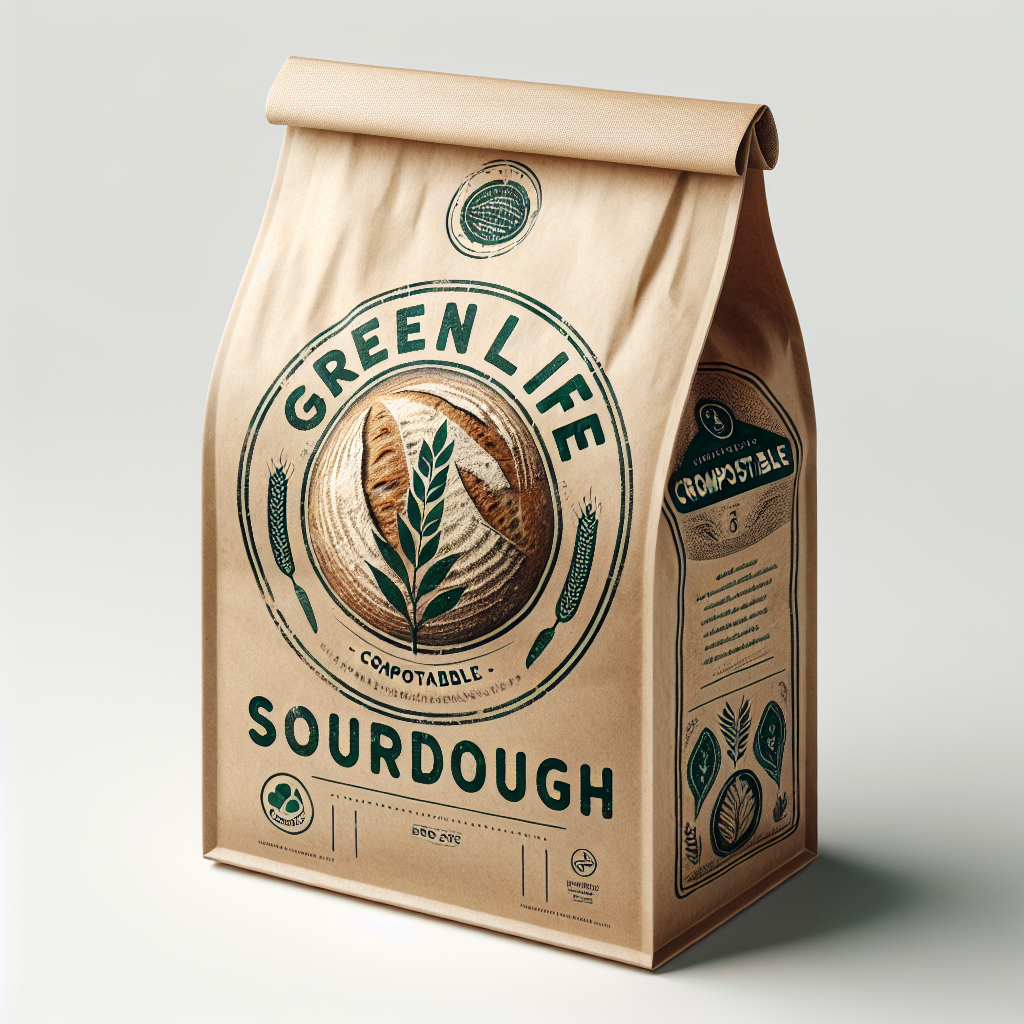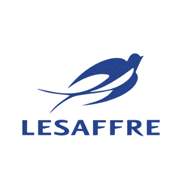
21 Feb 2025 APAC Consumer Trends
The Food & Beverage Industry, particularly the bread and bread products sector, is witnessing some new trends as consumer preferences are evolving.
From a focus on fundamental nutrition to value-conscious choices, sustainability and innovation, these 2025 trends highlight the shifting priorities shaping the bread industry in the APAC region.
TREND 1: Fundamentally Nutritious Food
The growing awareness of core health needs has encouraged consumers to focus on fundamentally nutritious food that supports their well-being at every stage of life.
- In APAC, preferences vary by age group: older individuals in countries like Malaysia and the Philippines prioritize high-fiber, low-sugar, and natural foods, while younger consumers focus on reducing oily foods while maintaining flavor.
- To address these diverse needs, targeted nutrition has emerged as a key trend, with products tailored to age, gender, lifestyle, and even specific health conditions.
- The demand for fresh food, fruits, and supplements like vitamins has surged, reflecting a desire for balanced diets.
- Packaging plays a crucial role here—highlighting health benefits, simplifying claims, and educating consumers can significantly influence purchasing decisions.
Actionable Strategies:
- Develop Functional Bread options, including ingredients like high fiber, whole grains, and vitamins to cater to consumer preferences.
- Create Age-Specific Products, products with enhanced ingredients that cater to specific age groups and their needs.
- Highlight health claims on packaging, clearly communicate the benefits to educate consumers and build trust.
TREND 2: Value-Conscious Choices
In APAC, value-consciousness goes beyond price and includes quality, emotional satisfaction, and overall experience.
- This shift is particularly notable as inflation affects disposable incomes in countries like Indonesia, Vietnam, and India, prompting consumers to prioritize price. Meanwhile, in markets like Singapore and Taiwan, there’s a stronger emphasis on value over cost.
- Notably, health and wellness are poised to be the leading spending category in APAC by 2025, as consumers seek products that maximize worth in terms of both tangible and emotional benefits.
- Consumers are also increasingly seeking affordable premiumization—local brands offering high-quality products at accessible prices—and international brands leveraging price discounts for premium offerings.
- On an overall level, health, taste, and price remain the top determinants of value for money.
Actionable Strategies:
- Innovate smaller packaging for budget conscious consumers for countries where price is a top concern due to inflation.
- Offer affordable premiumization, launch premium quality breads such as sourdough at accessible price points.

TREND 3: Sustainability
While we see sustainability holding greater prominence in more developed Western countries, it is gaining momentum and focus in APAC as consumers become more aware of environmental challenges. This growing interest highlights the need for brands to focus on sustainable practices and align with these new emerging consumer values.
- Environmental consciousness is reshaping buying patterns, with over half of APAC consumers drawn to brands that offset carbon footprints.
- Efforts like reducing plastic use and minimizing food waste are top priorities.
- Brands that align with these values gain a competitive edge, as consumers increasingly look to make eco-friendly choices that align with their personal responsibility toward climate change.
Actionable Strategies:
- Adopt eco-friendly packaging.
- Mention on the packaging about the environmentally friendly initiatives taken by the brand.
TREND 4: Wildly Innovative Experiences
Finally, innovation remains a critical driver of consumer excitement. Consumers are actively looking to experiment more than ever before and are looking at differentiated ways to engage with brands in new ways.
- Most APAC consumers seek indulgent and unique experiences, with 57% seeking these new experiences via bold flavor combinations and rich tastes.
- Products that offer both novelty and indulgence resonate strongly, reflecting the balance between health, pleasure, and creativity.
Actional Strategies:
- Experiment with bold flavours.
- Create Interactive experiences for consumers that will be “Instagram” worthy for them.
In conclusion, health consciousness, value-driven spending, environmental responsibility, and innovation are shaping the future of the bread and bread industry.
To keep up with consumer interests and trends, brands need to make a conscious effort to ensure the current products are enhanced with relevant health benefits across various segments, and innovations flaunt their potential health benefits whilst offering these products at a consumer-friendly price based on the country’s economic trends. Brands also need to enhance their portfolios by collaborating with other brands to create a “buzz” to capture the consumer’s attention and make them try new exciting products. This also helps brands create a positive brand image in the minds of consumers as a brand that likes to innovate and delight. Lastly, while sustainability is trending at a greater speed in the Western developed countries, APAC brands need to adhere to the growing concern of consumers about climate change and build an image around being brands that care and are actively making efforts to reduce their carbon footprint along with other initiatives, for example. Recyclable bags, reusable/resealable bread bags for longer shelf life, food waste initiatives etc.
Brands that adapt to these trends and cater to the evolving preferences of APAC consumers are well-positioned for success in this dynamic market.

